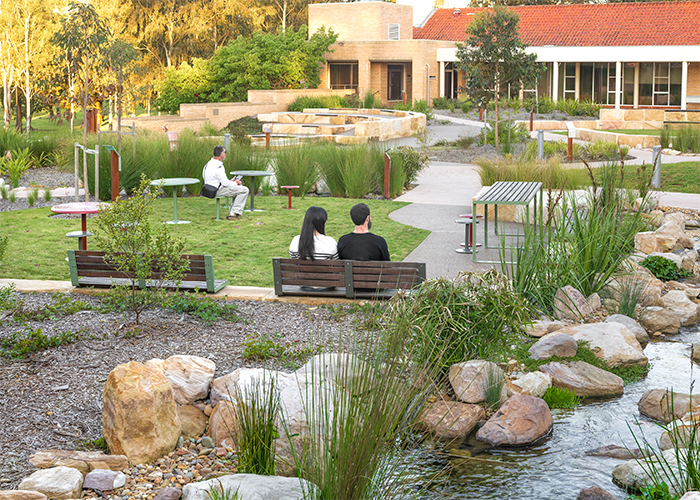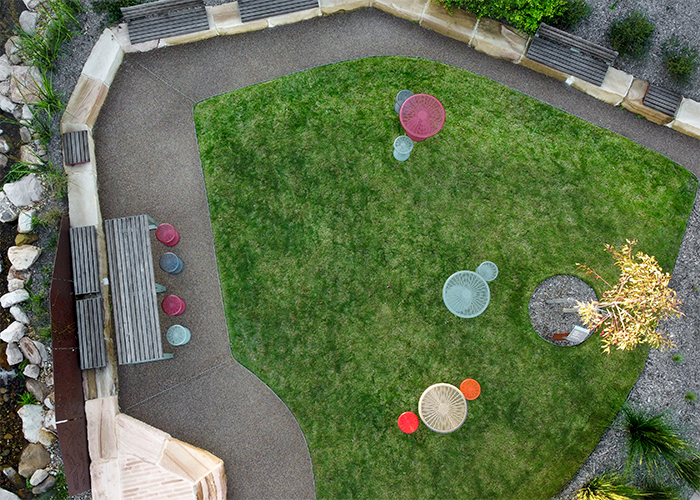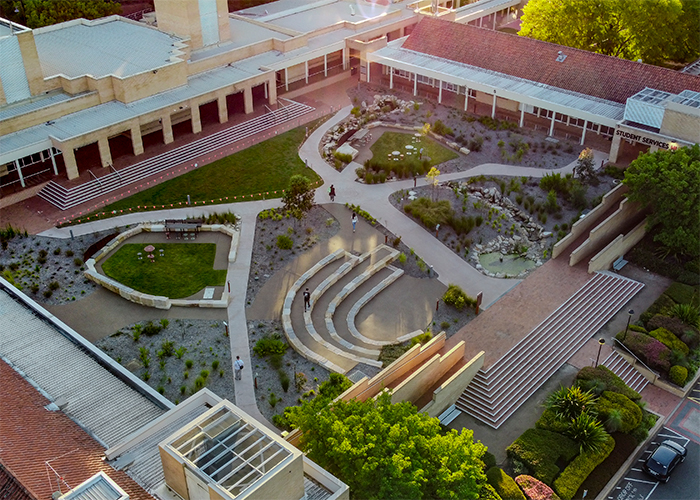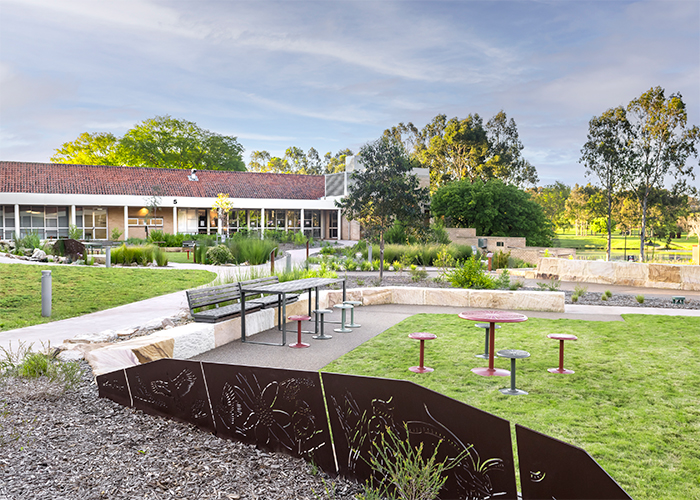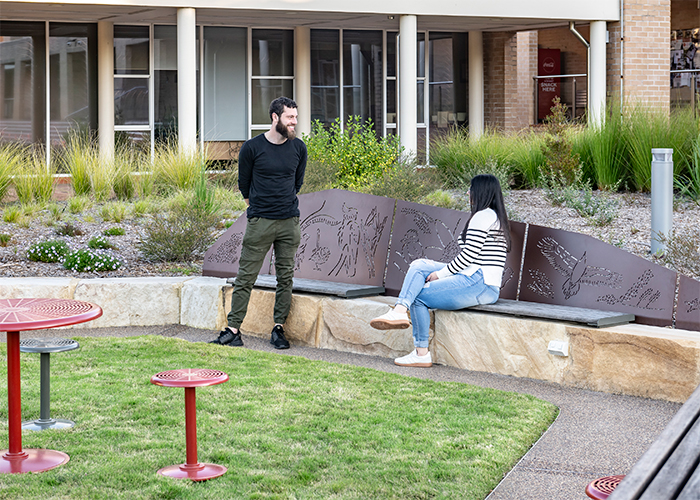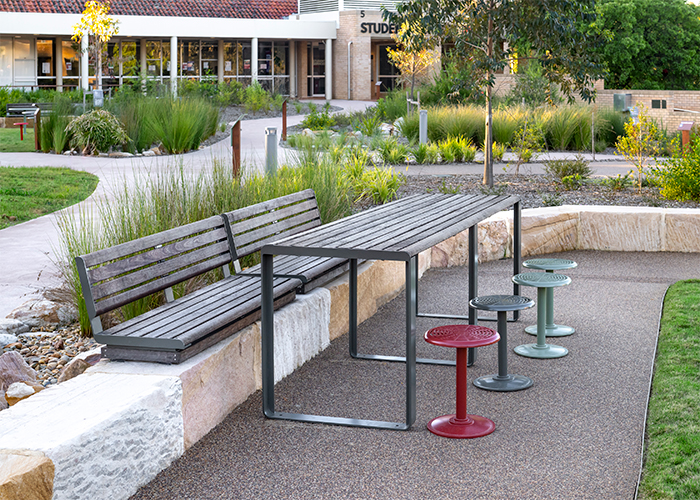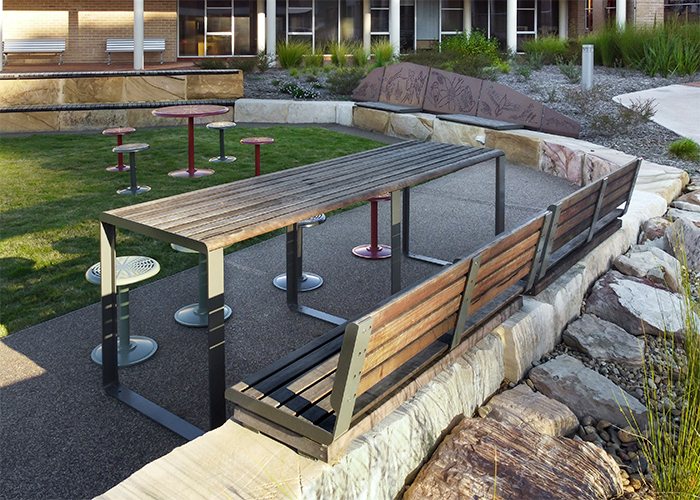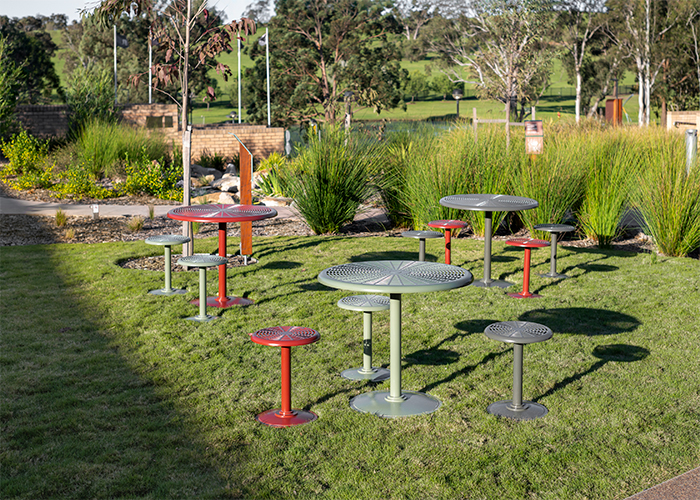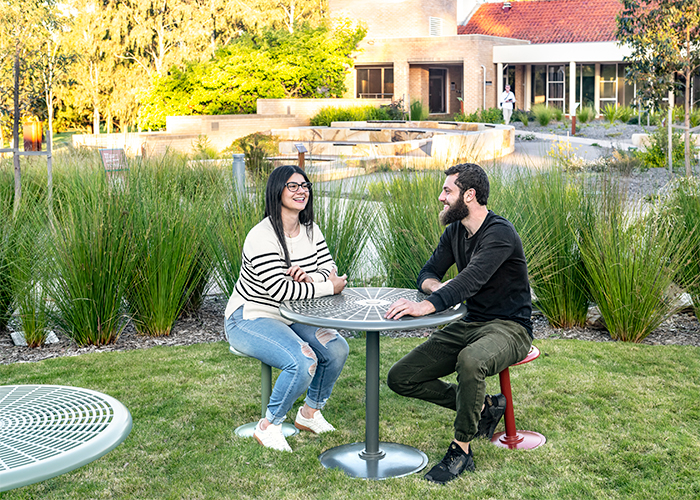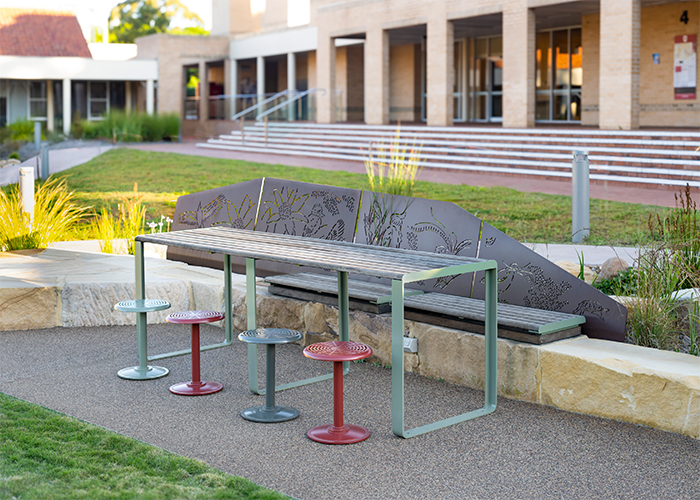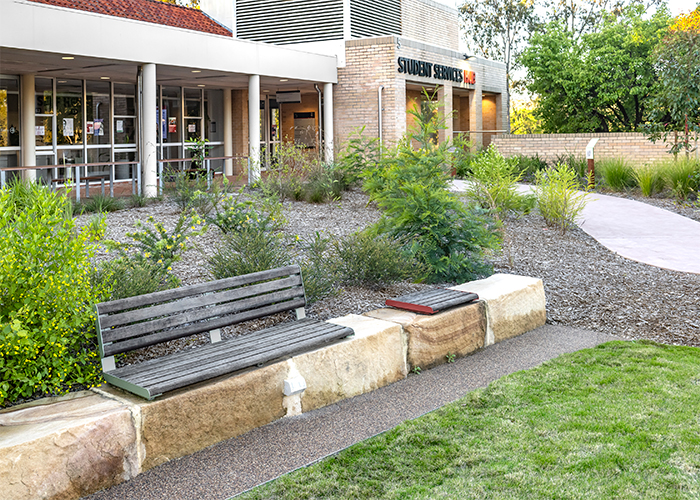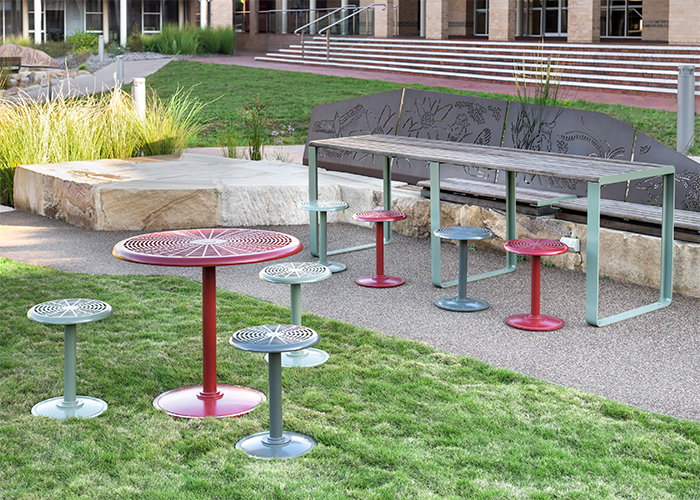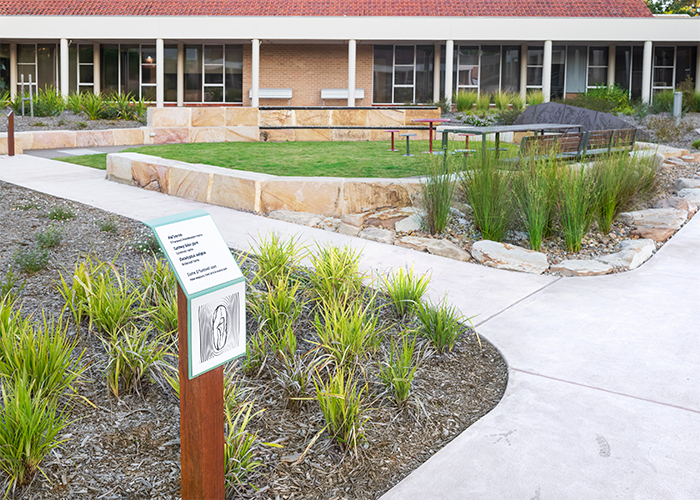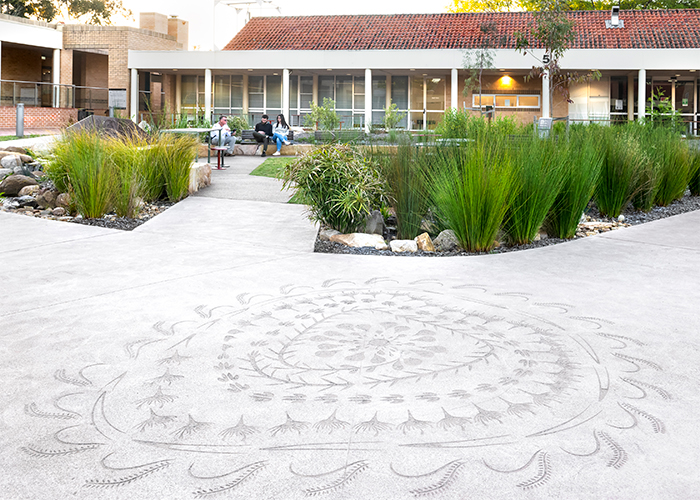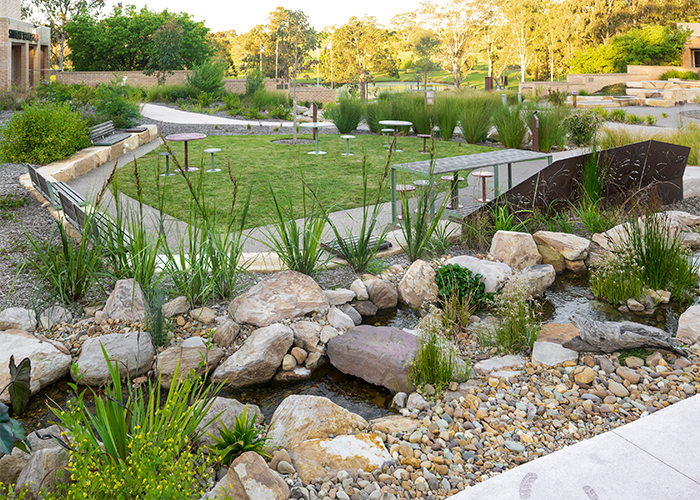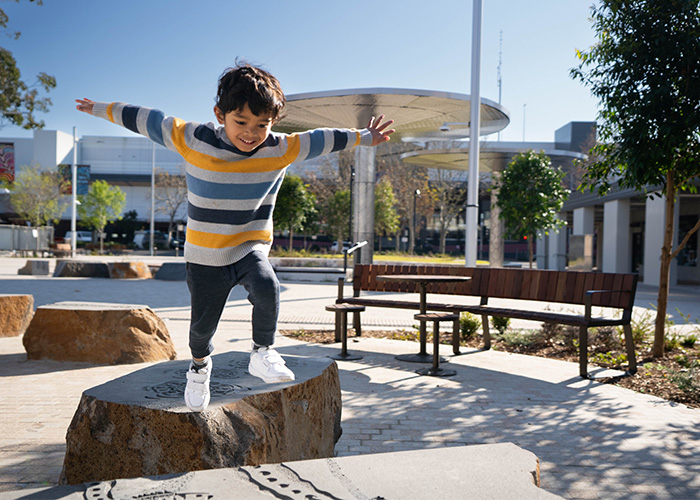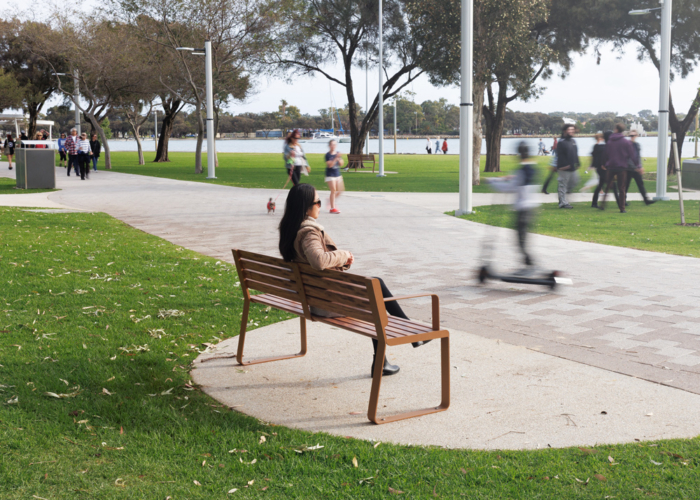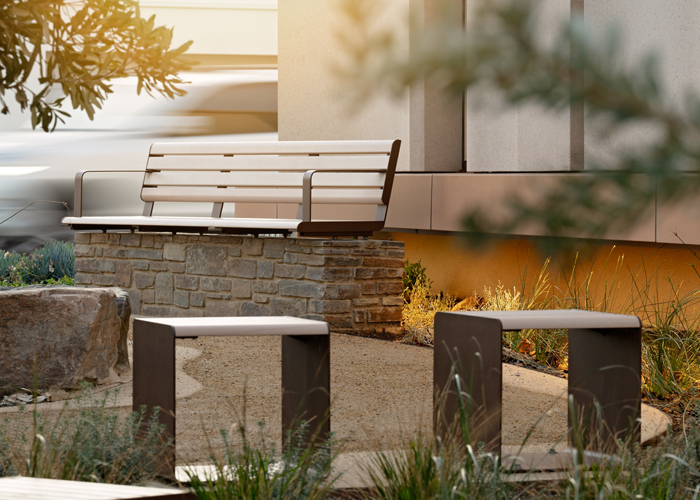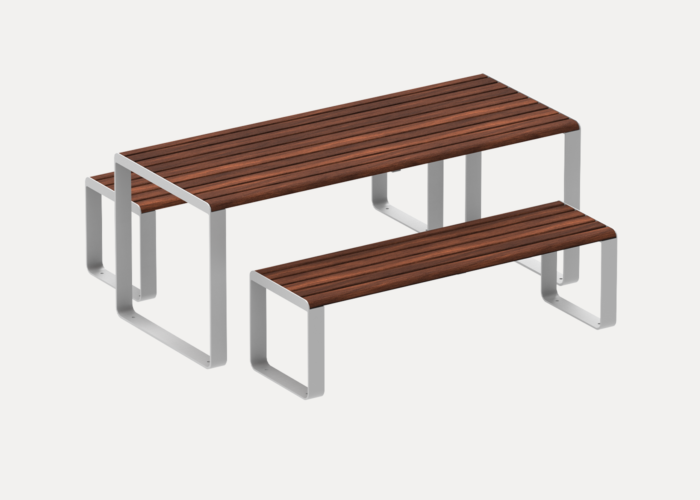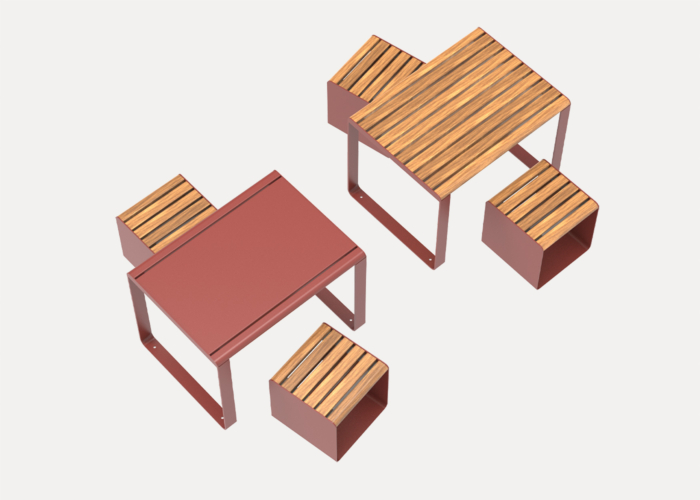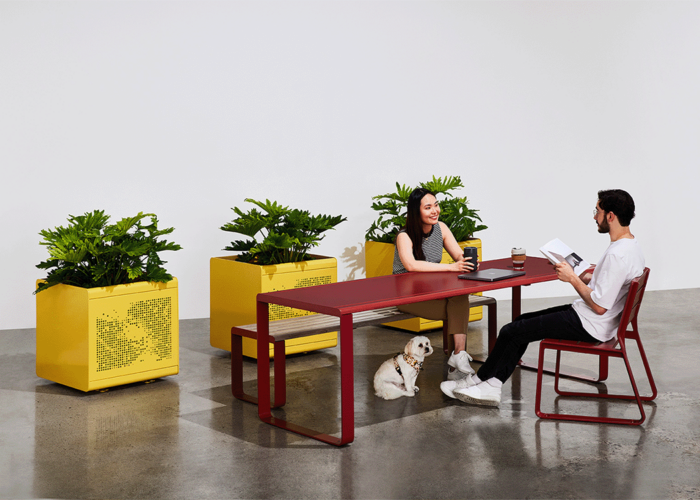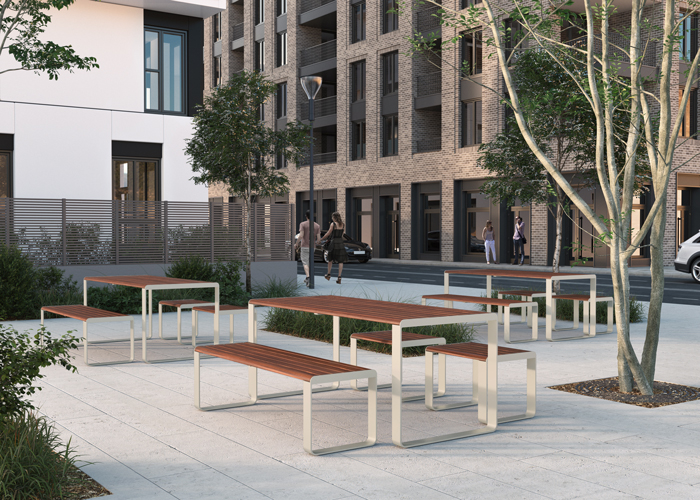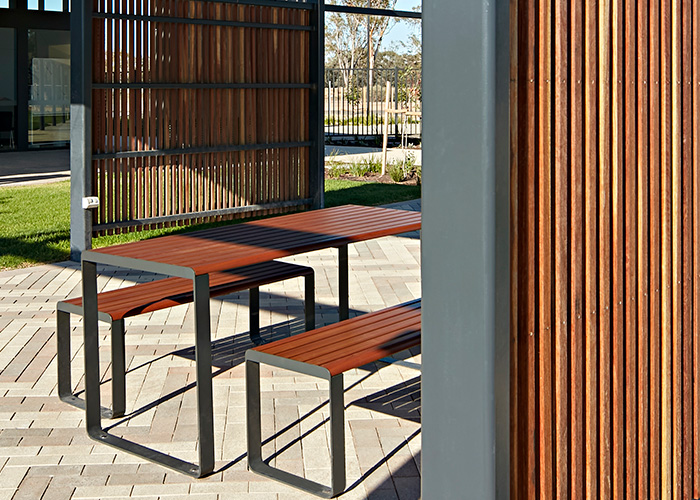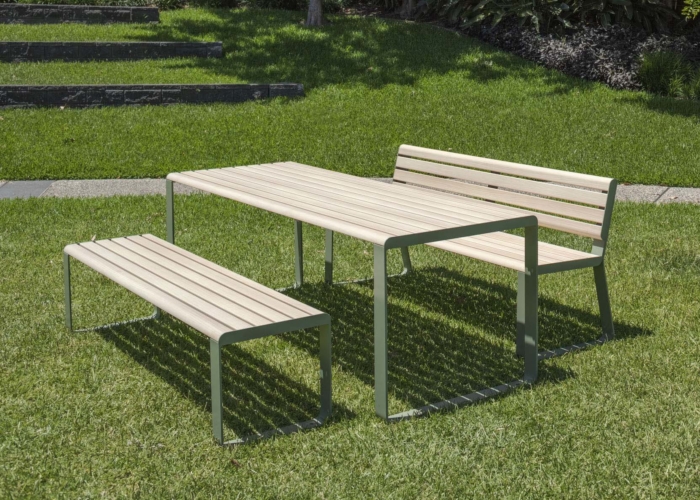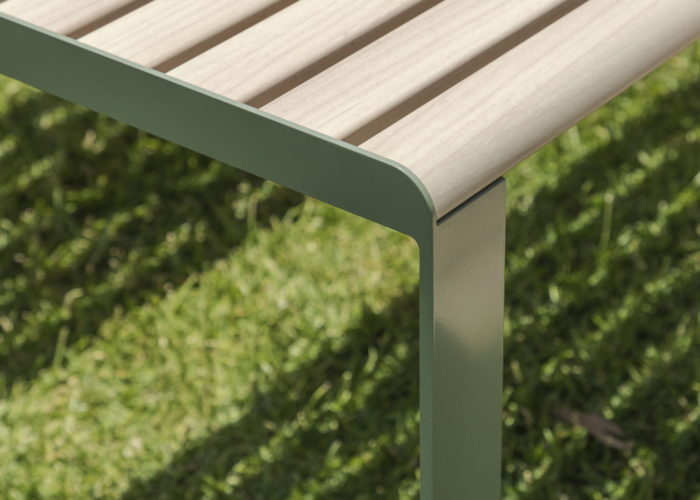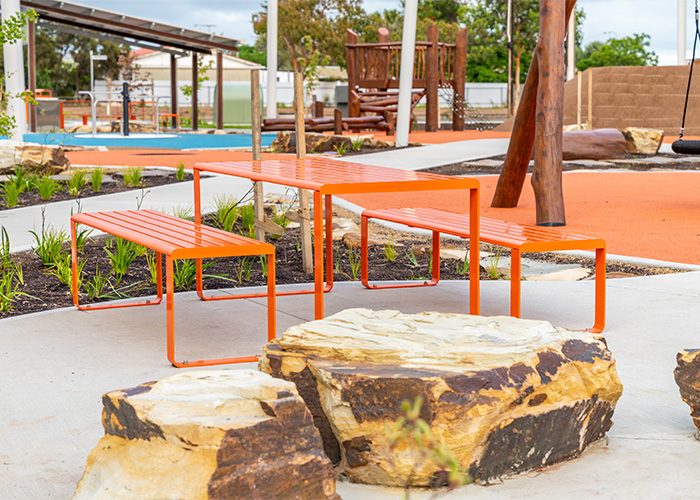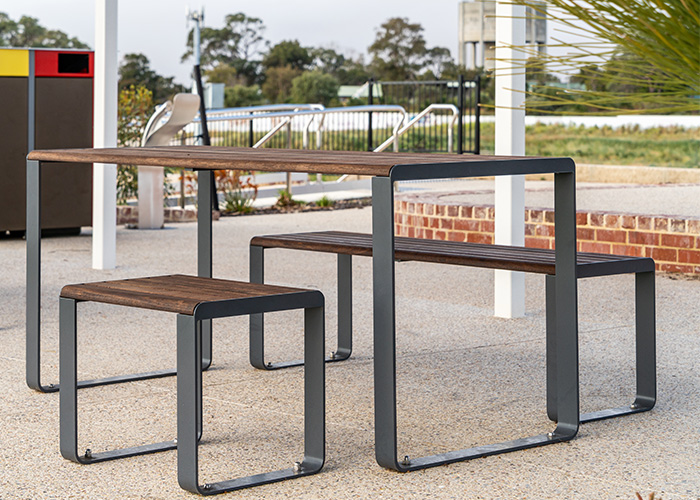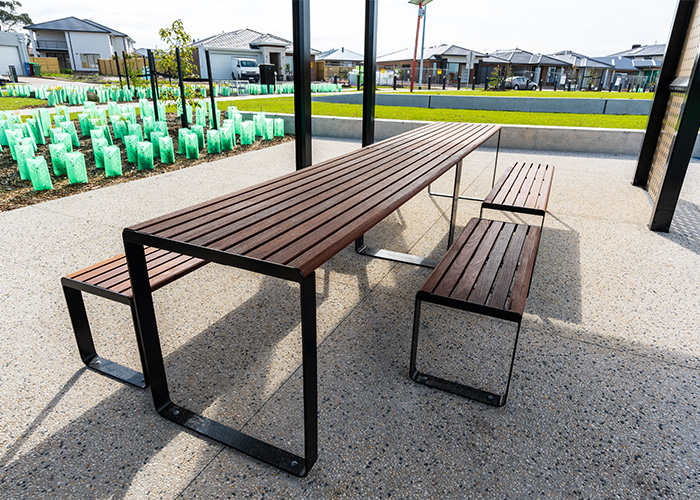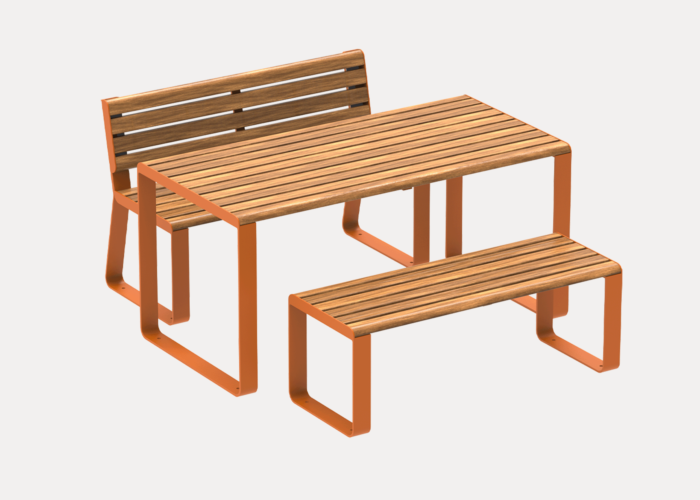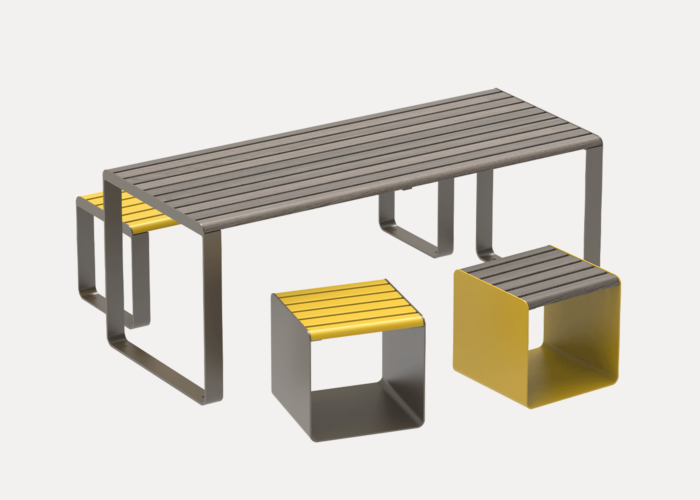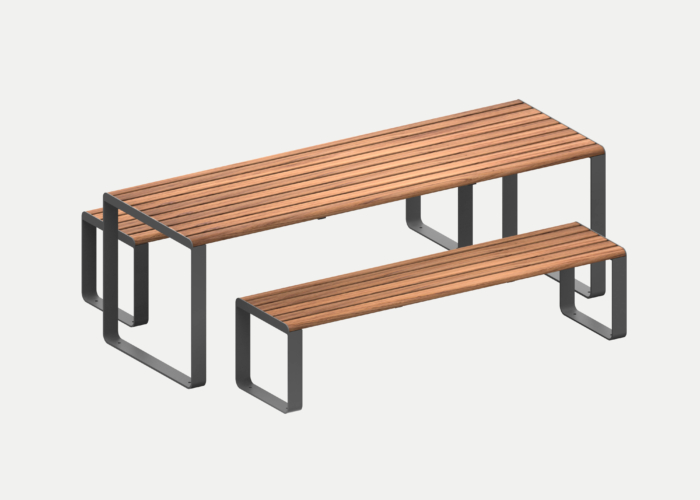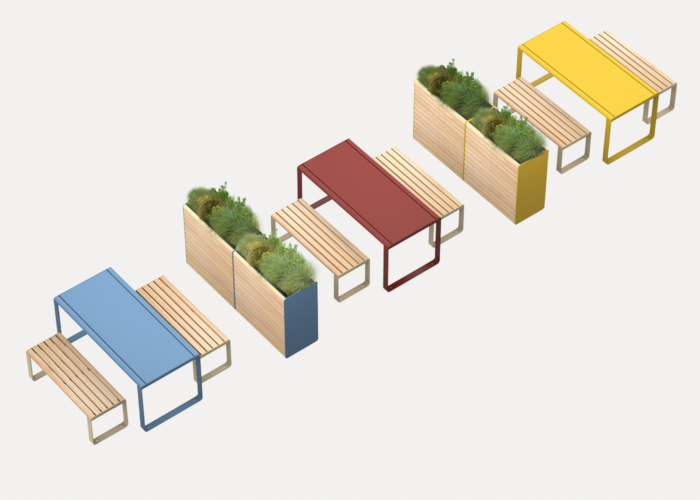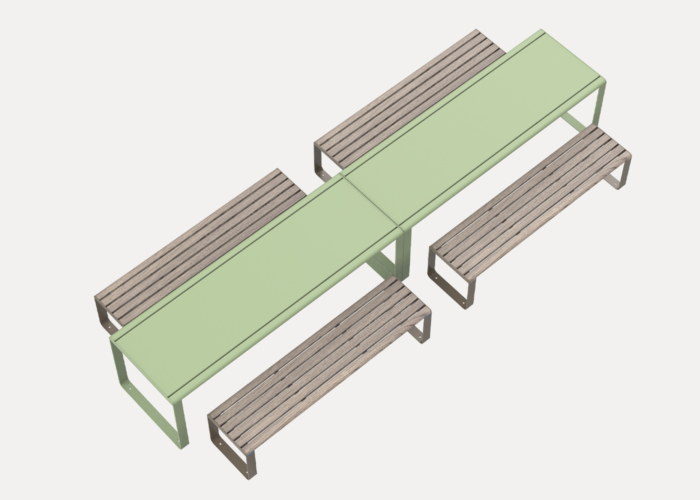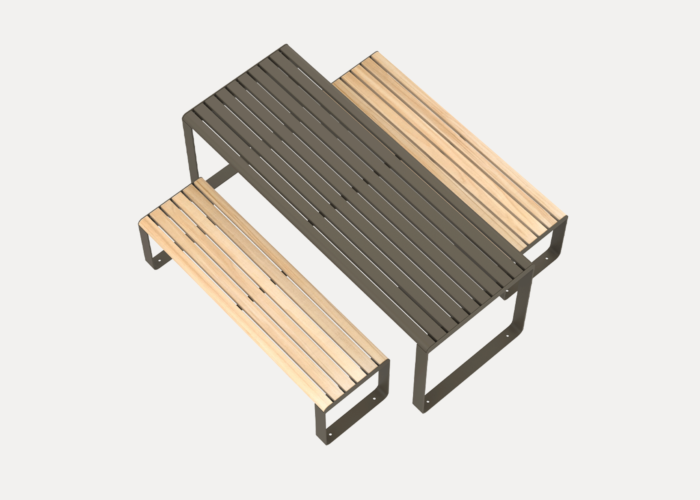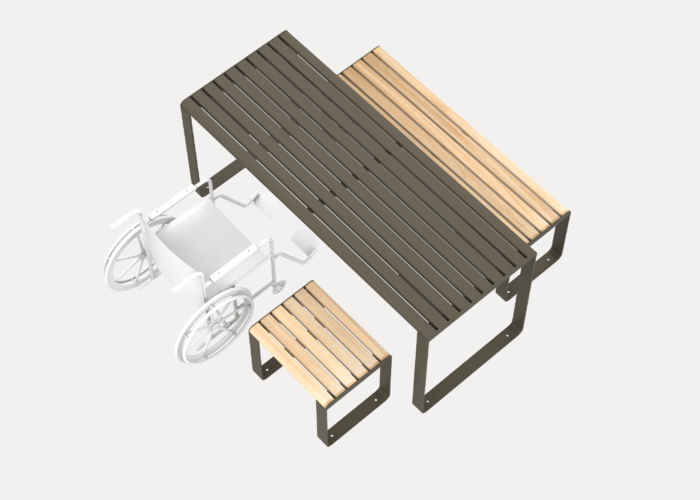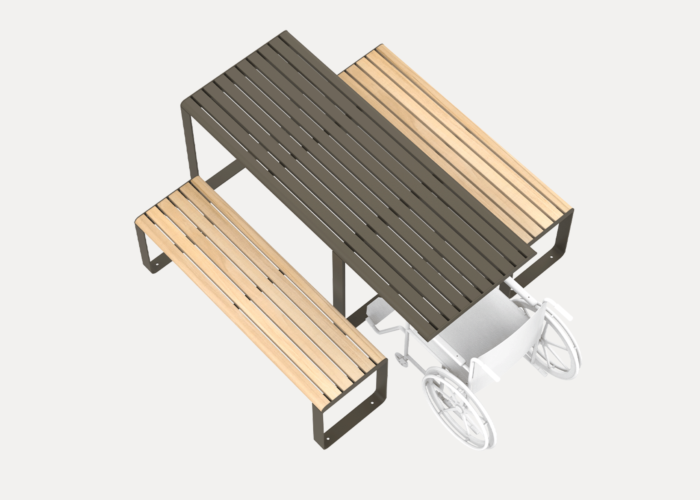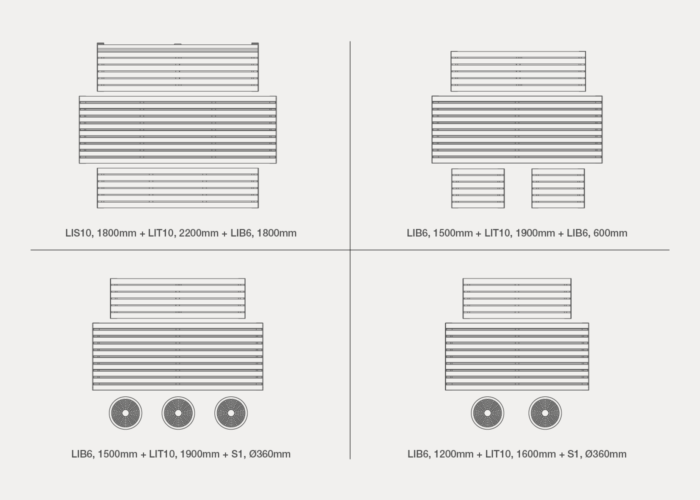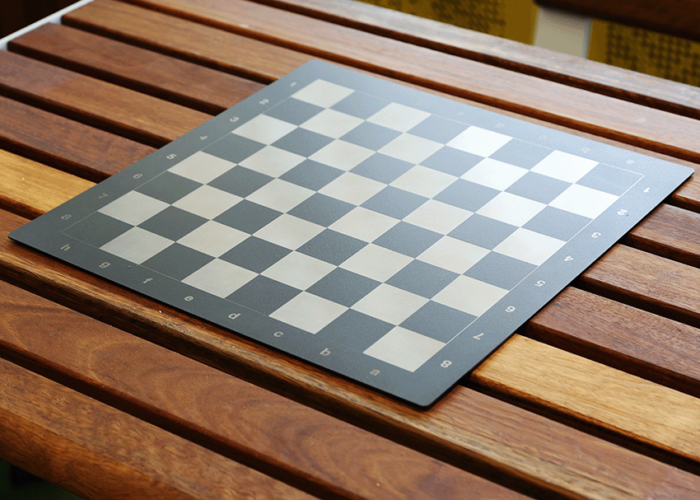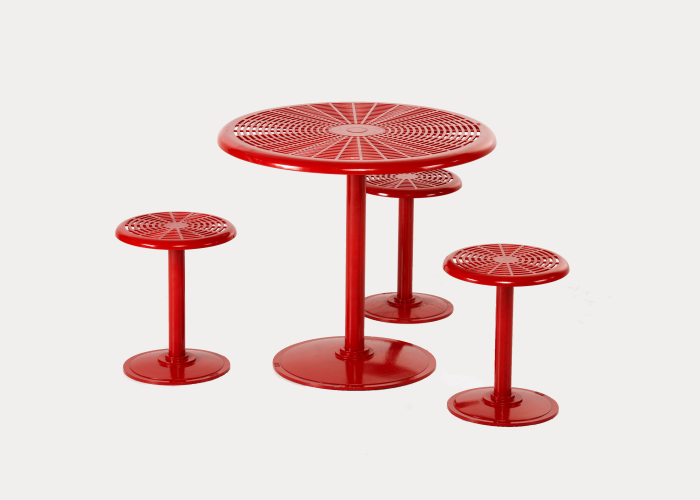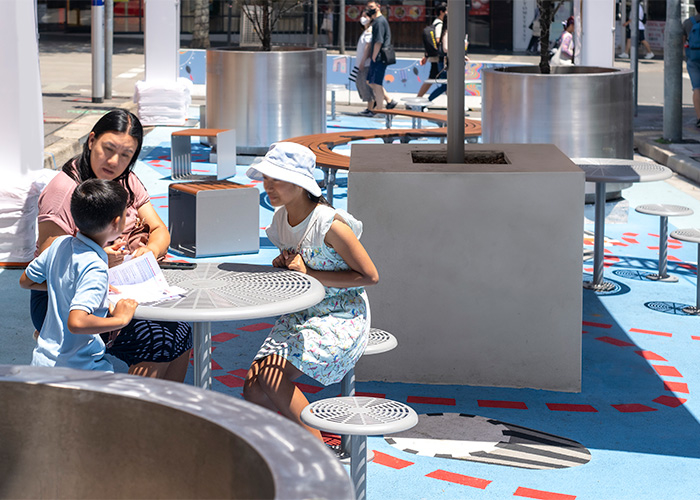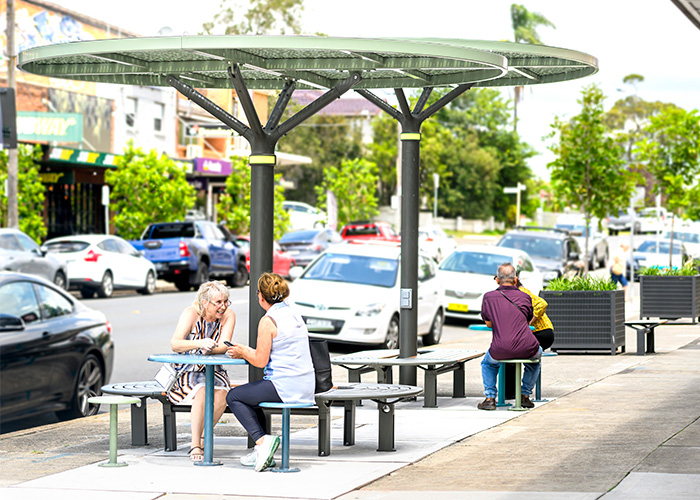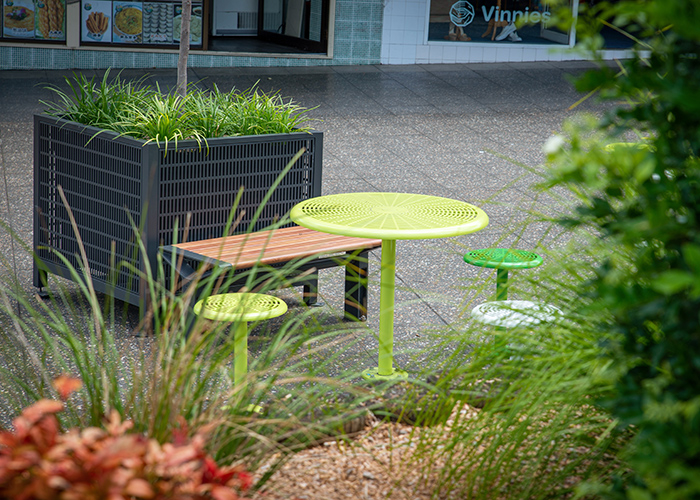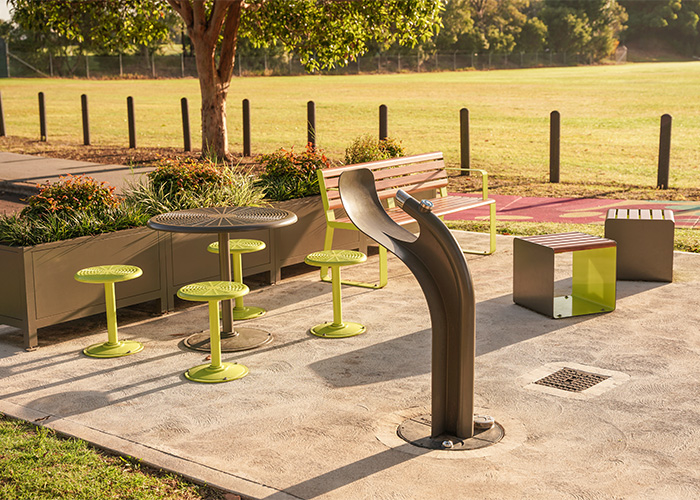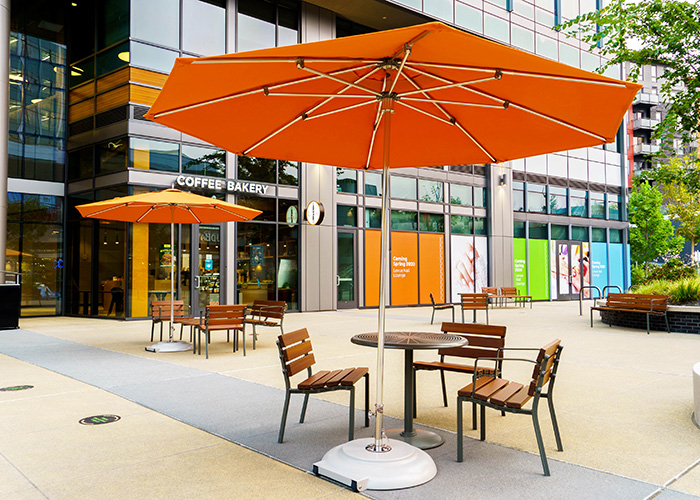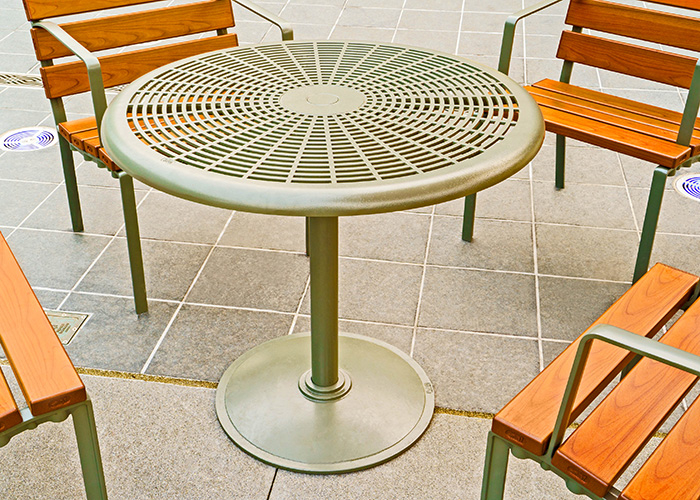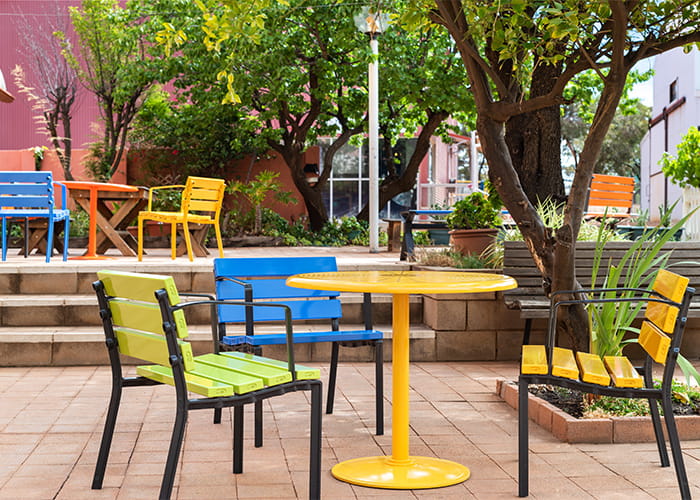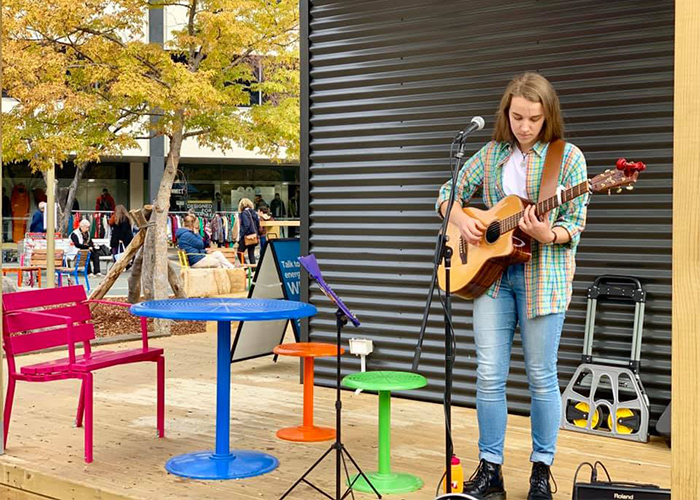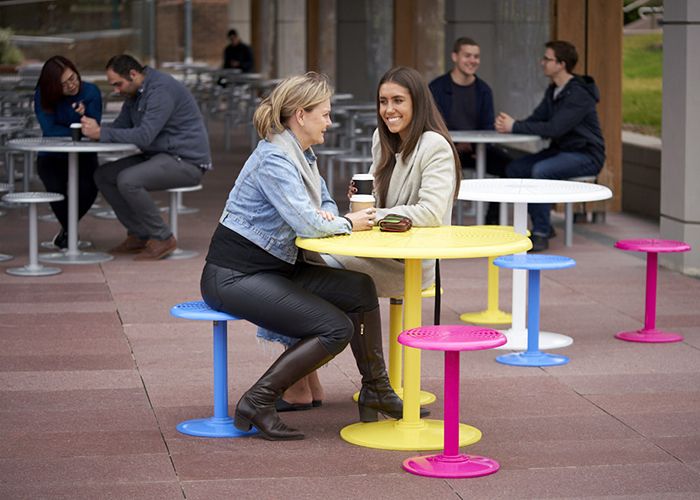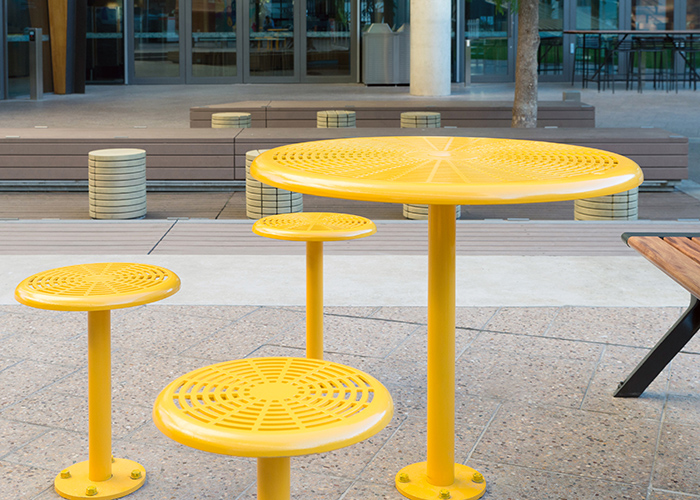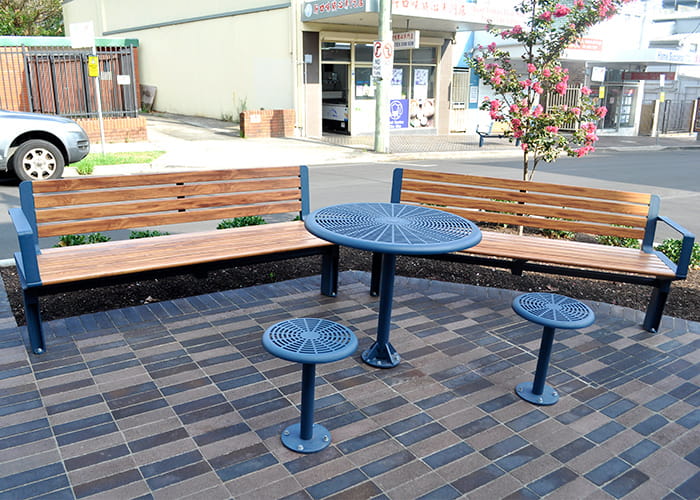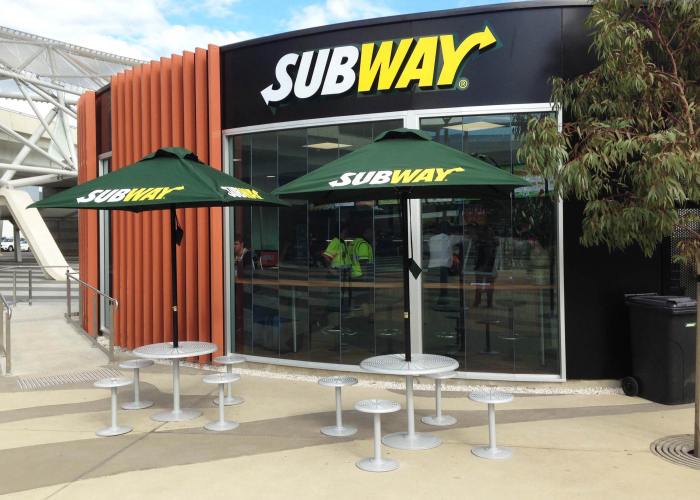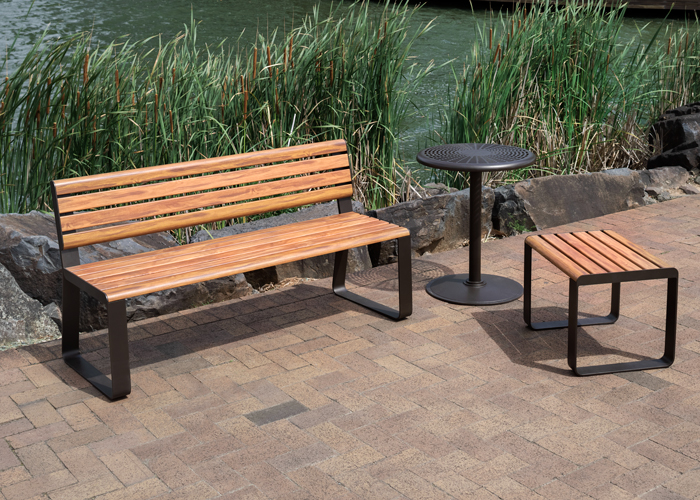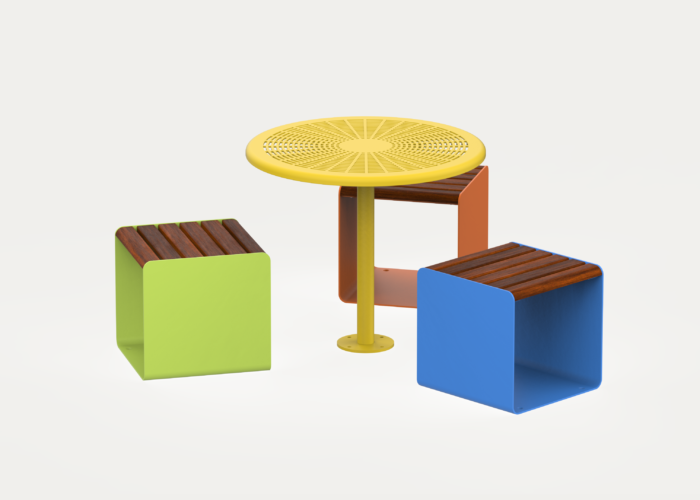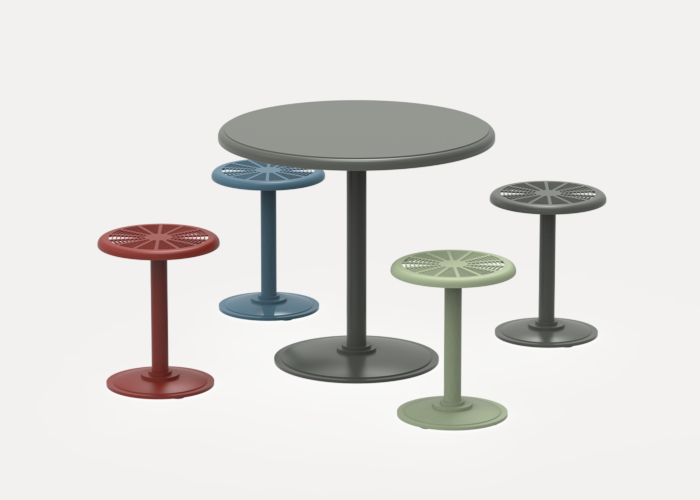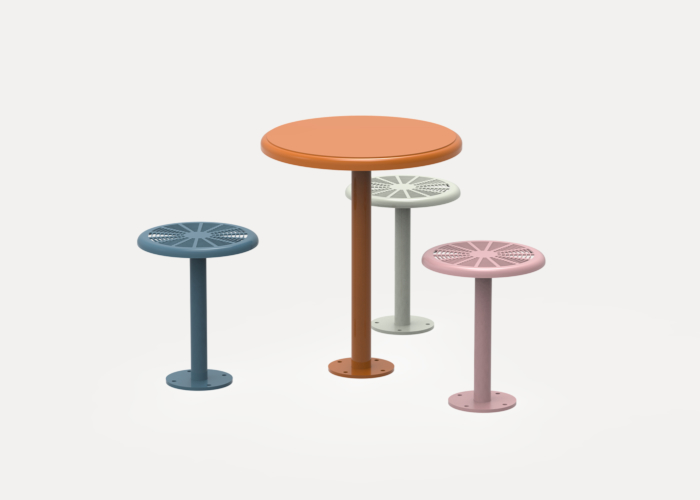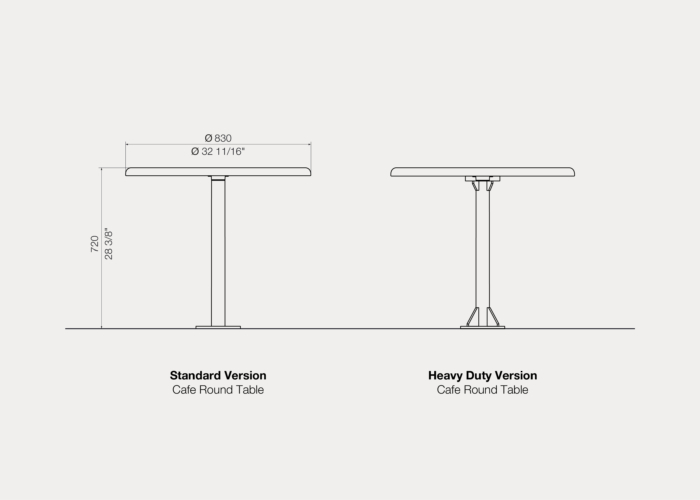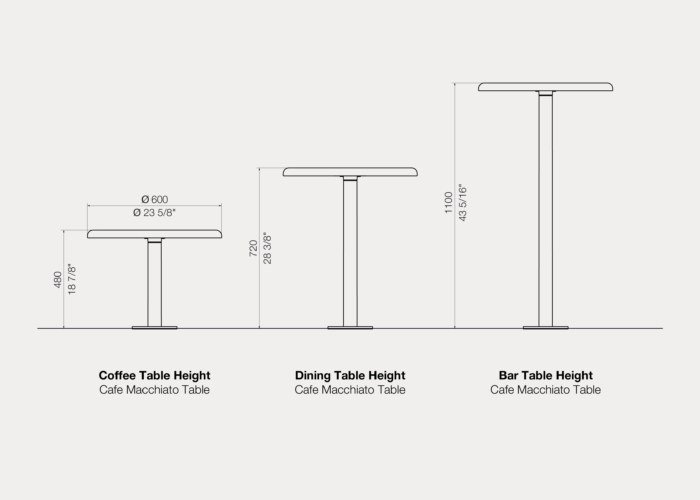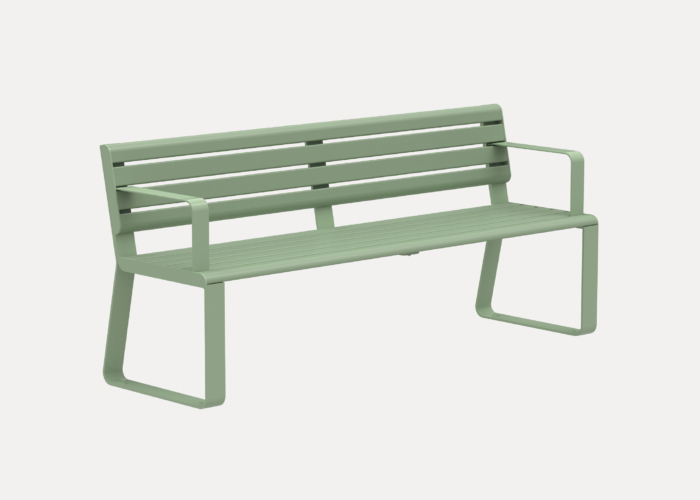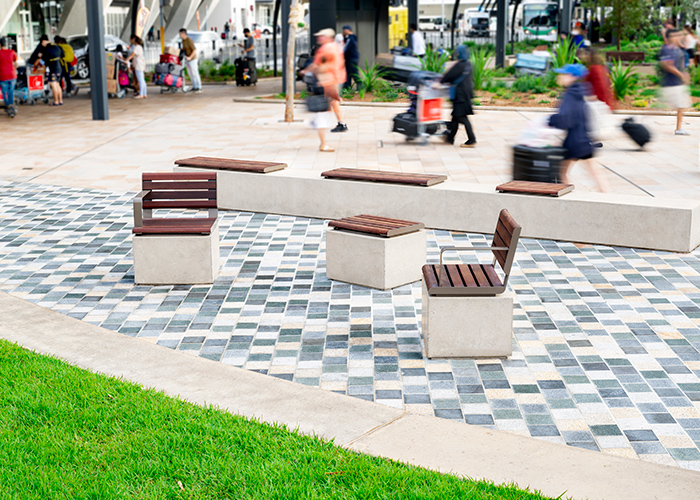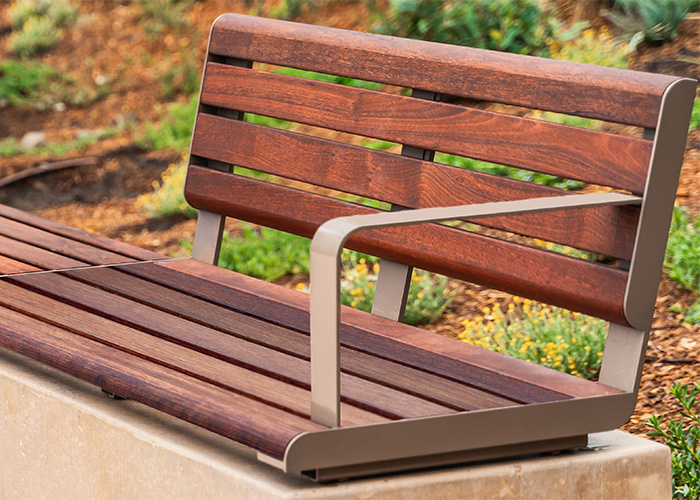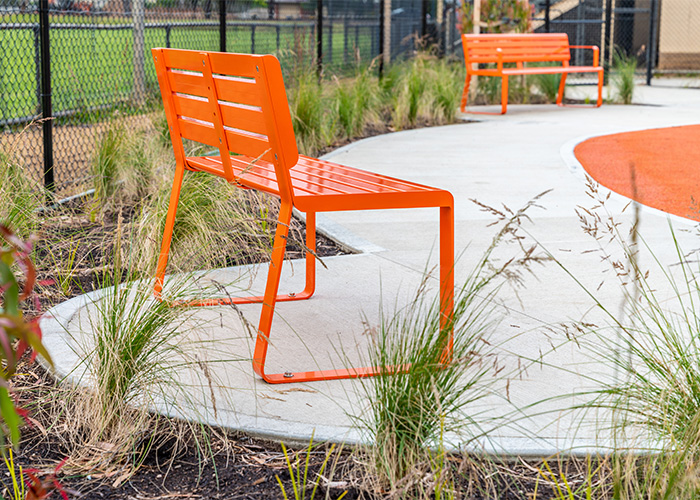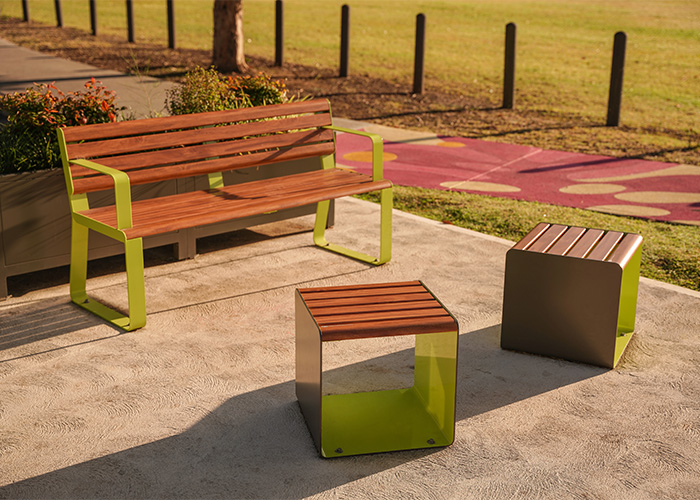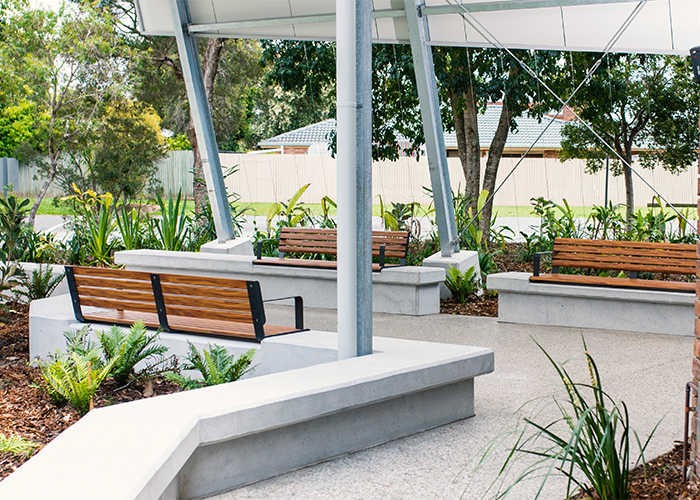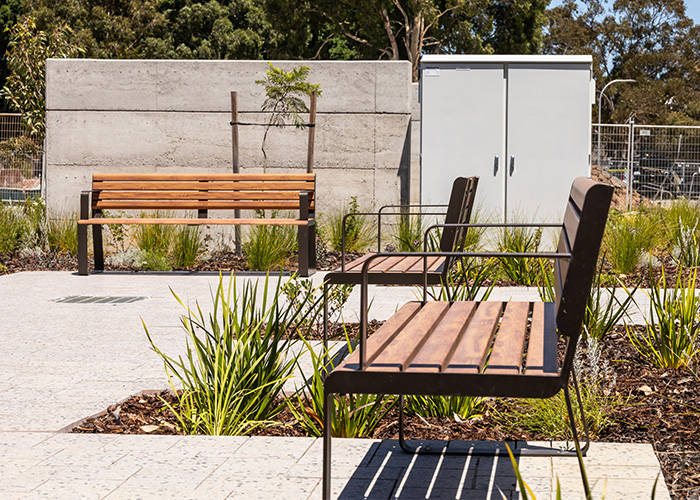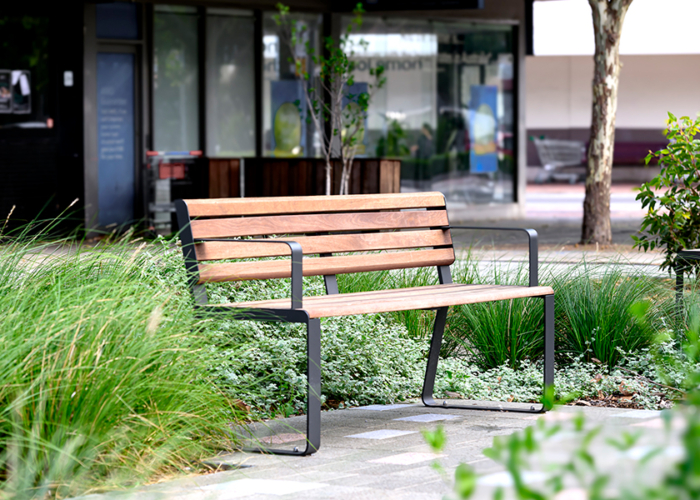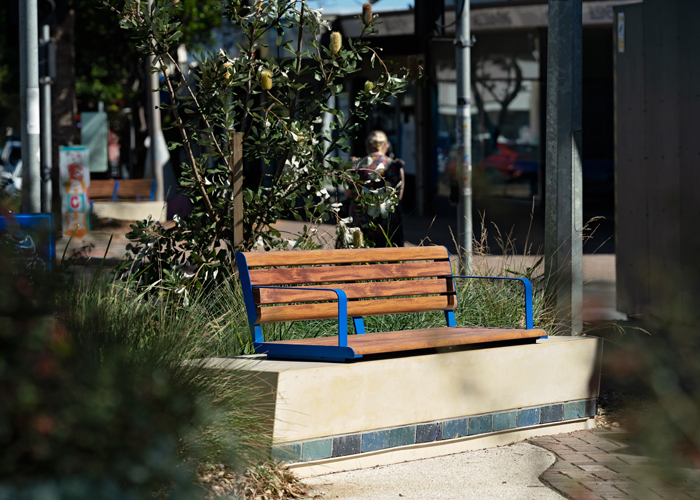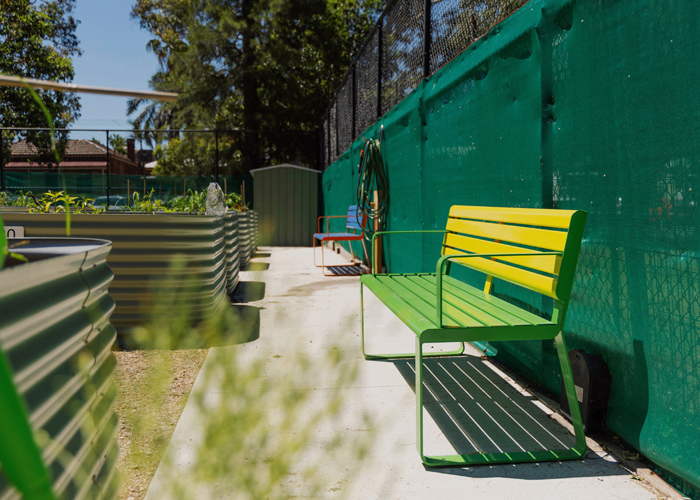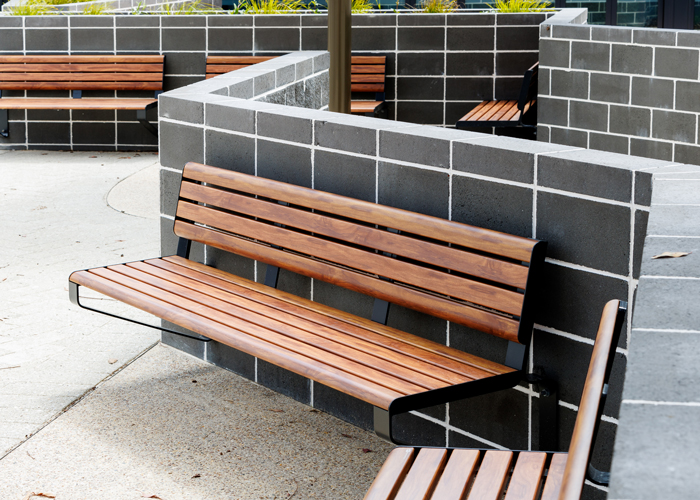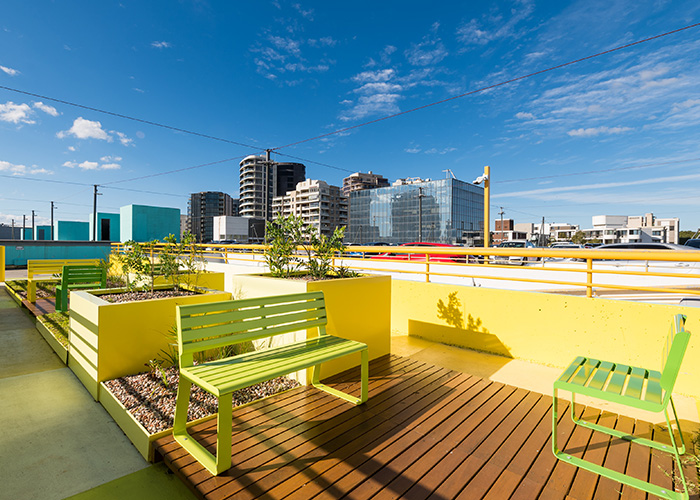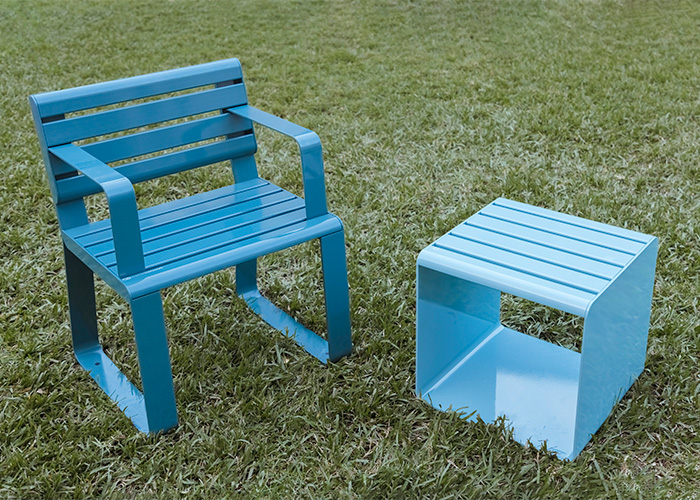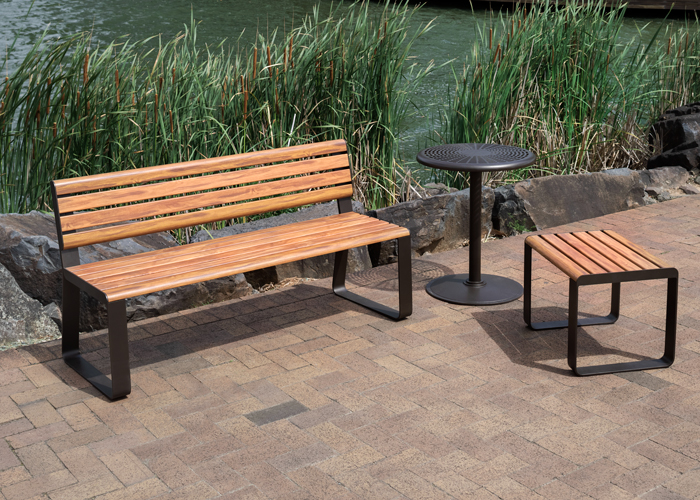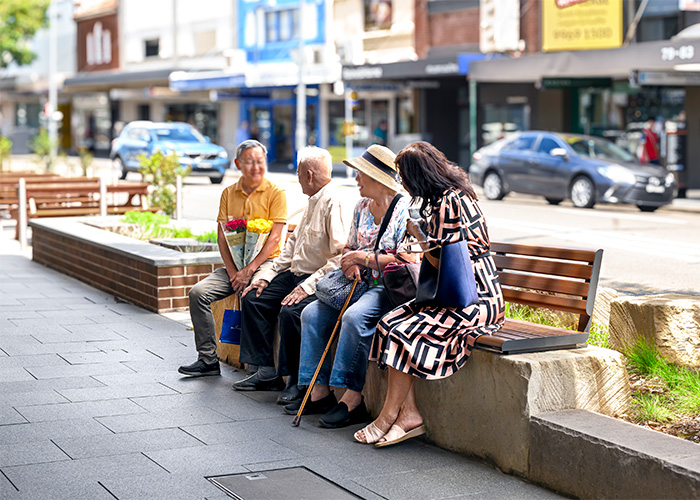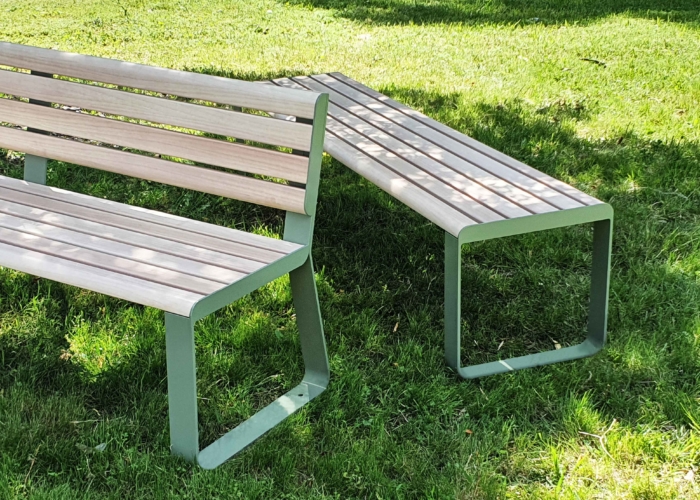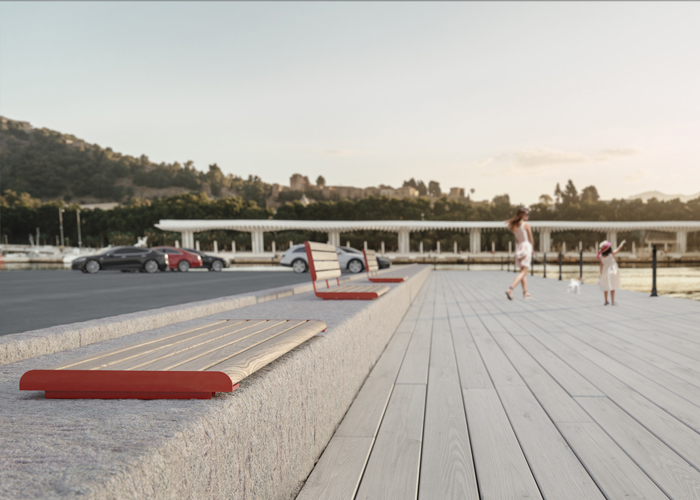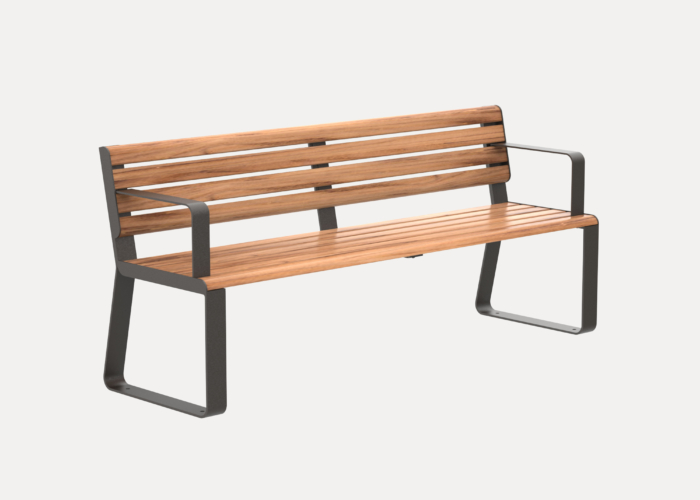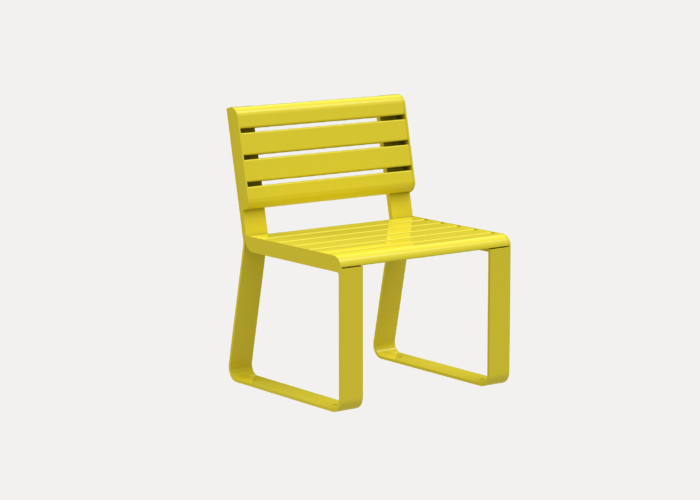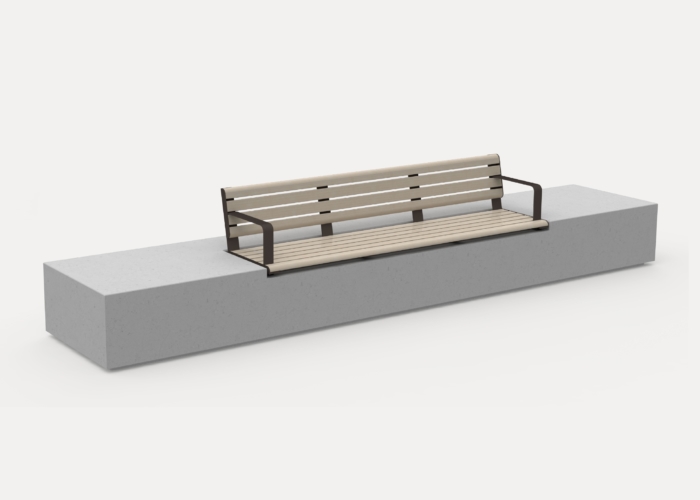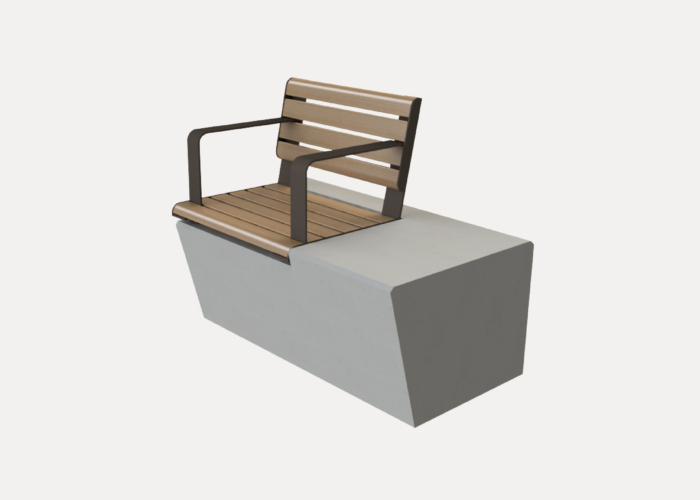Taylor Brammer and collaborators – including D’harawal Elders and Knowledge Holders – have created a garden in tribute to the ancestral knowledge and cultural heritage of the D’harawal peoples for Western Sydney University’s Campbelltown campus in south-western Sydney.
The landscape architects, with WSP Indigenous Specialist Services, worked closely with the Traditional Knowledges gifted by the D’harawal Traditional Descendants and Knowledge Holders Circle, and D’harawal artist and scholar Shannon Foster from bangawarra inc, and the endorsement of the Western Sydney University Indigenous Elders Advisory Committee to design this important cultural space.
The garden is inspired by the Yandelora and Yandelmawa D’harawal Law/Lore Stories – that in D’harawal oral histories took place on the ‘land of peace between peoples’ including the area now known as Mt Annan. These sacred lands were where clans gathered to share knowledges and resolve conflicts. The sacred meeting ground embodies harmony and respect between peoples. See videos about Yandelora and Yandelmawa on the university’s website.
The design incorporates three law/lore or truth hills, running water to symbolise local river systems, and diverse flora representing the D’harawal people’s Country and also seasonal climate cycles – including native plants traditionally used for food, medicine and ceremony. Visitors will encounter artwork by D’harawal artist and scholar Shannon Foster, and Stories passed down through generations, offering insight into the enduring relationship between peoples and Country.
“This project was a huge collaborative design exercise between the traditional descendants, D’harawal Knowledge Holders Circle, the Elders Advisory Committee at Western Sydney University and WSP Indigenous Specialist Services. From the beginning the vision was for the community to feel they had truly designed the space,” said Aaron Lakeman, Director at Taylor Brammer.
“The three hills, flowing water and native vegetation all draw from the land and stories of the area. It’s a robust, resilient garden that not only celebrates D’harawal culture, but also begins to re-naturalise the campus, shifting it from an institutional setting to one that feels more connected to Country.”
Located at the heart of the Campbelltown campus with direct access from the Badanami Centre for Indigenous Education, the garden is open for students, staff and the wider community to enjoy.
To complement the cultural landscape, furniture was carefully selected to support the garden’s role as a welcoming, flexible space for learning, gathering and reflection. “We wanted pieces that were light, refined and could sit comfortably within the curves of the design,” said Aaron.
Linea Seats and Benches are fixed to sandstone plinths, embedded in the landscape for quiet reflection and small group conversations.
Movable Cafe settings encourage gatherings and can be repositioned for shade or comfort throughout the day. “The circular Cafe Tables felt right for the space – there are no straight lines in the design so their form fitted naturally,” he added.
For larger groups, long Linea Tables provide space to work, study or share a meal outdoors, extending the learning environment into the landscape.
Credit: Eva Shaw
